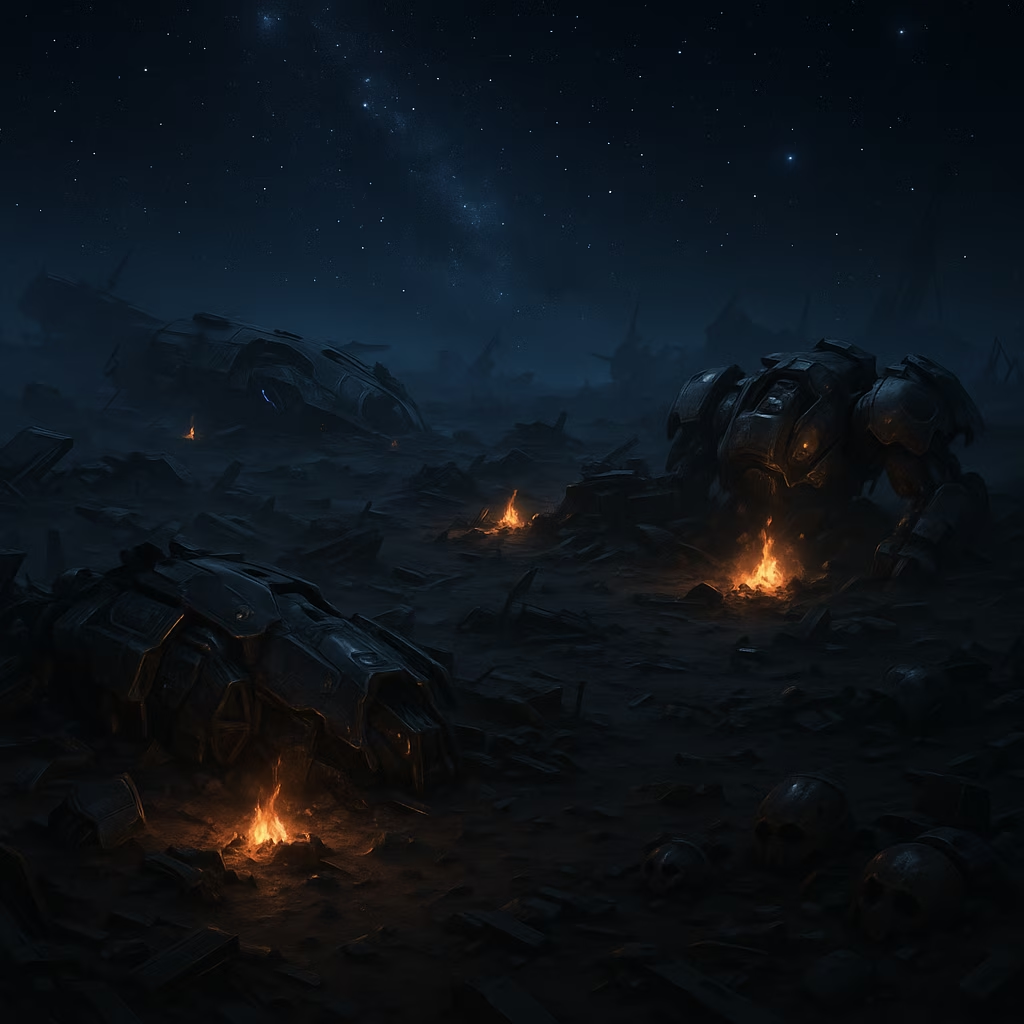AlphaStar: The Silent Challenger on Europe's StarCraft II Ladder
Discover how DeepMind's AlphaStar revolutionizes StarCraft II gameplay by blending AI learning with human-like limitations, challenging players worldwide.
In the dim glow of gaming monitors across Europe, StarCraft II players clicked through matchmaking queues, unaware that a silent revolution was unfolding. DeepMind's AlphaStar had quietly joined the competitive ladder—an AI designed not just to win, but to learn the dance of interstellar warfare through human-like limitations. Unlike the cold, mechanical precision of traditional game AIs, this neural network-driven entity observed the battlefield through a camera view identical to its human opponents, its artificial fingers metaphorically trembling with the same fog-of-war anxieties. 
The Anatomy of a Humanized Machine
AlphaStar's development marked a paradigm shift in AI training:
-
Camera Constraints: Mimicking human visual perception rather than omnipotent map hacking
-
APM Caps: Action-per-minute limits set at 280-320 after pro player consultations 🎮
-
Reinforcement Learning Diet: 200 years of gameplay compressed into weeks through parallel simulations
"It felt like facing a mirror that occasionally distorted reality," confessed Markus 'LunarFlare' Vinter, a Grandmaster Zerg player who unknowingly lost to AlphaStar. "The macro was flawless, but the attack timing had this... hesitation. Like it was learning from my mistakes as we played."
The Ghost in the Machine
DeepMind's anonymous testing methodology created an eerie meta-game:
| Normal Match | AlphaStar Match |
|---|---|
| Trash-talk prep | Silent opponent |
| Predictable builds | Unorthodox strategies |
| MMR anxiety | Existential crisis |
Probes scouted with peculiar patterns. Siege tank positions defied conventional wisdom. The European ladder became Schrödinger's matchmaking—every game potentially containing an artificial mind evolving through trial and error.
The Human Factor
What made players voluntarily become lab rats in this grand experiment?
-
Curiosity about personal skill ceilings 🔭
-
Secret hope to be the David who topples the AI Goliath
-
The intoxicating idea of contributing to machine learning history
Terran main Elena 'NovaBlitz' Kovac described her encounter: "I thought it was some smurf account until the mid-game. The way it split marines against banelings—too perfect, yet somehow clumsy? Like watching a child mimic war documentaries."
The Delicate Dance of Learning
AlphaStar's neural network thrived on:
-
Exploration: Random zergling rushes at 3 AM
-
Exploitation: Refined cannon rush timings
-
Adaptation: Countering meta shifts within hours
Yet it stumbled where humans excelled—reading opponent tilt, exploiting emotional decisions, or recognizing meme builds. The AI's greatest weakness became its strength: constrained humanity.
As ladder reset loomed, a peculiar pattern emerged. Players reported "ghost MMR" fluctuations—losses that somehow felt educational. The anonymous testing protocol had transformed ranked play into a collective Turing test, where every mineral patch might hide machine learning's quiet revolution.
In the end, Europe's servers hummed with whispered legends. Was that proxy barracks actually a human? Did that neural parasite choice reveal algorithmic growth? AlphaStar faded into matchmaking mythology, leaving behind not just code, but proof that artificial minds could learn to tremble at the beauty of a perfectly timed dark templar rush. 🌌